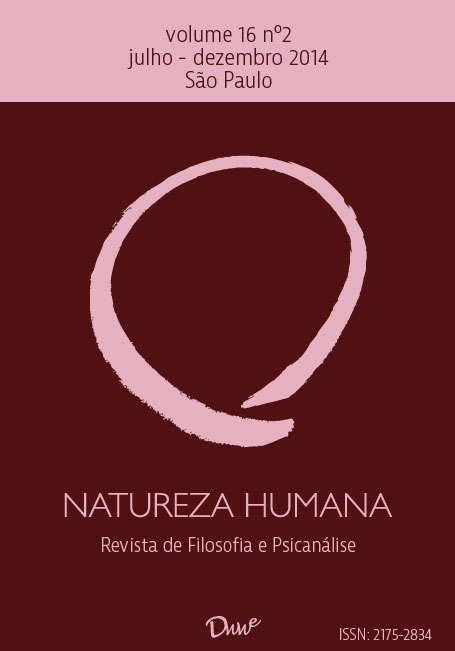Winnicott Dictionary Project
DOI:
https://doi.org/10.17648/2175-2834-v16n2-94Keywords:
Winnicott Dictionary; Winnicottian revolution; Winnicottian paradigm; Brazilian Society for Winnicottian Psychoanalysis; São Paulo Winnicottian School.Abstract
There are those who maintain that Winnicott has not brought any new and conclusive contribution to the psychoanalytic theory. Some readers still consider his contributions as a simple extension of Freudian psycho-analytical theory, which was expanded by M. Klein. This point of view regarding Winnicott has been contested, however, by many of his researchers. During the fifties Masud Khan sustained the thesis that Winnicott has made revolutionary changes in contemporary psychoanalytic thought and practice. The fact that Winnicott has produced revolutionary changes, creating a “new paradigm” or a “new matrix” in psycho-analysis, was acknowledged since the eighties, with even more strength, although not always with the explicit reference to Kuhn. In Brazil, researchers linked to the Research Group in Philosophy and Psychotherapeutic Practices (Unicamp) took into account, in a systematic and articulated way, all the elements of Kuhn’s theory concerning paradigms and scientific revolutions, duly adapted to the psycho-analysis. This Project starts from the assumption that it is no longer needed to debate if Winnicott promoted a revolution in the Psycho-analytic theory, nor if he followed in that direction, since this has already been proved. What is necessary is to improve studies concerning the motives of his revolutionary research and the obtained results. For this purpose, the present Winnicott Dictionary Project intends to reconstruct, in an exhaustive way and with an articulated conceptualization, the lexicon of the winnicottian paradigm.Downloads
Published
2014-12-01 — Updated on 2014-12-01
How to Cite
Loparic, Z. (2014). Winnicott Dictionary Project. Human Nature - International Philosophy and Psychology Review, 16(2), 1–15. https://doi.org/10.17648/2175-2834-v16n2-94
Issue
Section
Artigos








